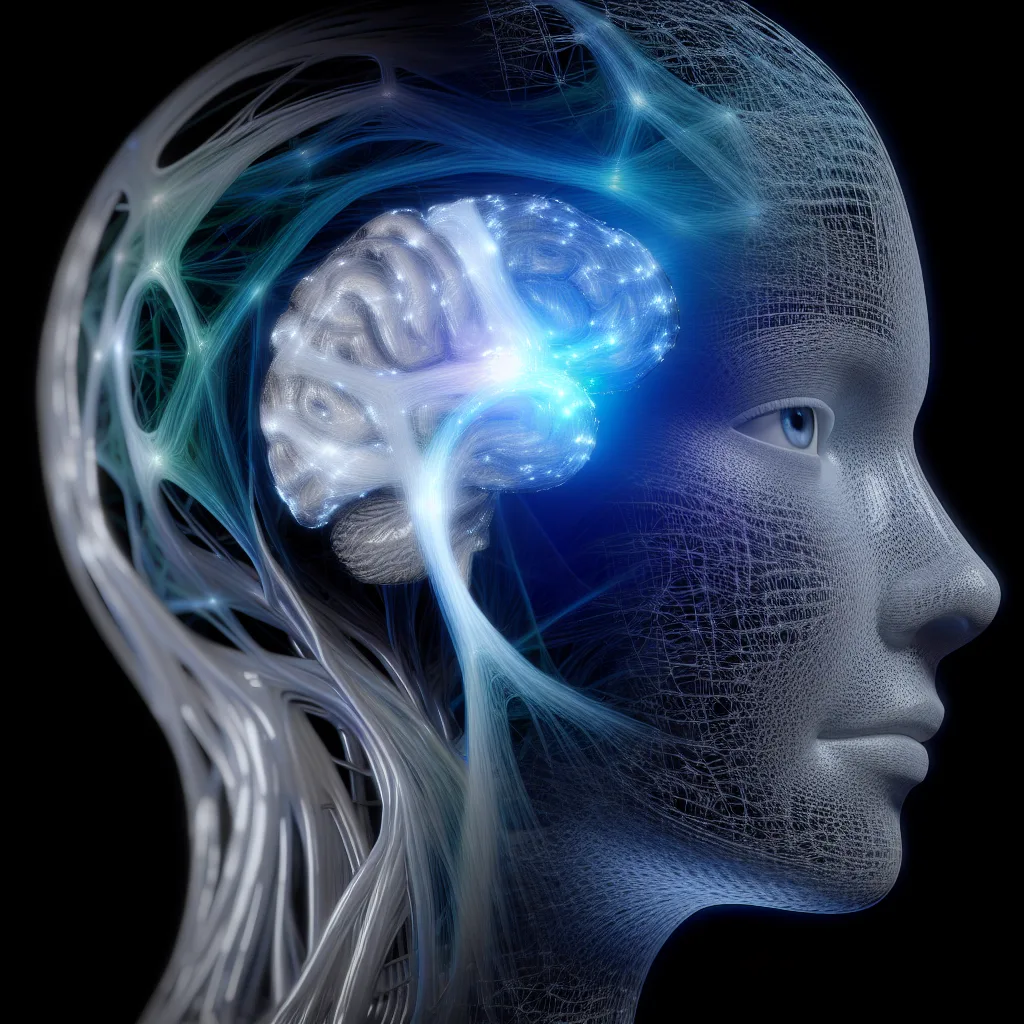Exploring the future of AI advancement beyond machine improvements
I’ve been thinking a lot about the advancement of AI lately. It’s a hot topic, right? Everyone’s watching how AI keeps getting better and better on its own. But it makes me wonder—are those improvements happening just because AI is learning from itself, or is there still room for human creativity and ingenuity to lead the way?
When we talk about the advancement of AI, it’s easy to imagine machines improving incrementally—like learning from mountains of data or optimizing their own code. These are the self-boosting improvements that happen without much intervention from humans. But is AI development completely siloed now, or can fresh ideas and breakthroughs still come from human minds?
What Does the Current AI Landscape Look Like?
Right now, AI models are becoming more sophisticated thanks to better data, bigger models, and clever algorithms. These incremental upgrades mostly come from what AI can do internally—learning faster, understanding context better, or generalizing more smoothly. This kind of progress is impressive, but it’s mostly a continuation of what’s already been set in motion.
However, humans still play a huge role in the advancement of AI. Engineers and researchers design new architectures, find smarter ways to train models, and ask the right questions. They open up whole new avenues for progress, like making AI more explainable, ethical, or energy-efficient. The AI doesn’t quite invent these directions on its own.
For example, consider the recent developments in transformers and large language models1. These breakthroughs didn’t just appear because an AI figured out a new way to learn; they came from human researchers thinking differently and trying something bold.
The Balance Between AI-Driven and Human-Driven Progress
It’s a bit like a cycle. AI feeds on data and patterns, improving incrementally with each upgrade. But human ingenuity sparks the leaps—new methods, fresh ideas, and real innovation come from people who dream, test, and sometimes fail before succeeding.
This means the advancement of AI isn’t a one-way street. While AI can help identify patterns or optimize processes, the creative and ethical considerations, as well as groundbreaking ideas, come from us. Without human involvement, AI development might plateau or become too narrow.
Why Human Ingenuity Matters for AI’s Future
If we hope to steer AI development toward something truly beneficial and responsible for society, we need humans at the wheel. We make choices about how AI is built and applied. And every new breakthrough—whether it’s improving healthcare, environmental models, or even the user experience in everyday apps—starts with a human spark.
In short, the advancement of AI depends heavily on human creativity. AI can evolve incrementally on its own, sure. But the big ideas, the shifts in direction, and the ethical frameworks all come from human brains working together with AI.
Want to dive deeper? Check out some insights on AI development approaches from OpenAI and the practical side of where AI is headed at Google AI.
So yes, the advancement of AI is not locked into some robotic loop. There’s plenty of room for humans to keep pioneering new paths and expanding AI’s potential. It’s kind of exciting when you think about it—ours to shape, guide, and push forward.
- “Attention is All You Need,” Vaswani et al., which introduced the transformer architecture, is a classic example of how human innovation powered AI advances. ↩
